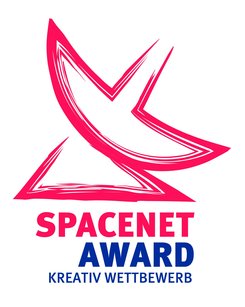
To view the text of a specific CPC class, go to the Classification search mask, where you can navigate to any classification. Whereas if you enter H01L21/027 only or H01L21/exact, you will get far fewer hits, confined to that particular subgroup. For example, if you enter H01L21/027/low in the "CPC" search field of the Advanced search mask, you will get all hierarchically dependent entries such as H01L21/033, etc.

If you want to search all entries hierarchically below a certain group, you should use the low operator. There can be a maximum of six digits after the "/". If a group is specific to the CPC (and thus does not exist in the IPC), additional digits are appended. The symbols consist of only numeric characters after the forward slash. Under subclass Y10S there is a selection of entries originating from former USPC cross-reference art collections (XRACs) and digests.ĬPC symbols keep the same digits after the "/" as their parent IPC symbol. The CPC also includes a Y section for tagging emerging technologies or technologies spanning several sections of the CPC.

You cannot use them for classification searches.
#SPACENET CPC SERIES#
Greyed-out symbols in the 2000 series are dummy symbols which are there to show the correct hierarchy. You can display the 2000 series by clicking on the 2000 button in the Classification search The new system also has large collection of indexing codes in the "2000 series", which stem from the former EPO 'In Computer Only' (ICO) codes and those controlled keywords which were converted to valid ICO symbols before becoming CPC symbols.ĬPC indexing codes can only be used to classify and search 'additional information' - in a similar way as with IPC indexing codes. However, while the IPC has 70 000 entries and ECLA 160 000, the CPC has more than 250 000, making it much more precise. The scheme was initially based on the former European classification system (ECLA), which was an extension of the International Patent ClassificationĪnd kept all the properties of the IPC (hierarchy, titles, expandability). The CPC is subject to ongoing revision by both offices, and documents are reclassified accordingly. Both the EPO and the USPTO will continue to classify in the IPC. Following a transition period, from 2015 onwards the USPTO will also classify using the CPC instead of the USPC. On 1 January 2013, the EPO started classifying its documentation using the CPC instead of ECLA.

This tool consolidates the prior art cited by all participating offices for the family members of a patent application, showing the search results from different offices on a single page.The Cooperative Patent Classification (CPC) system, in force from 1 January 2013, is a bilateral system which has been jointly developed by the EPO and the USPTO.Ĭombining the best classification practices of the two offices, it allows searchers to retrieve relevant prior art efficiently. The Common Citation Document (CCD) tool provides a single point of access to citation data for the patent applications of the largest five IP offices (IP5). Global Dossier is available via the European Patent Register Of Chinese, Japanese and Korean communications/documents. Global Dossier also offers machine translations in English

States Patent and Trademark Office (USPTO) and World Intellectual Property Office (WIPO). Office (EPO), Japan Patent Office (JPO), Korean Intellectual Property Office (KIPO), United National Intellectual Property Administration (CNIPA), European Patent Is currently provided by the Canadian Intellectual Property Office (CIPO), China Patent authority and the applicant/patent attorney, patent authorities' officialĪctions, applicant statements, diagrams and drawings. File wrappers are complete records of an application they includeĪll documents relating to the grant process such as communications between the Patent application, wherever it is made available by the patent authority in Global Dossier provides access to the file wrapper of a Classification search in Espacenet helps you to find suitable classification symbols for your search, and then to apply in the search itself. When you use Espacenet, you also have access to a number of helpful tools and resources.Ĭlassification search is a powerful tool for you if you need to retrieve patent publications in a particular technical area.


 0 kommentar(er)
0 kommentar(er)
